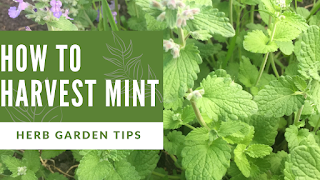How to Grow Onions at Home

Onions are ubiquitous in our household being used at almost every meal. While onions are fairly inexpensive at the store, we figured we'd give it a go with growing them at home to save even more money on groceries as well as to use the companion planting benefits of this veggie. So whether you love onions or just want to keep some pests away from your other plants, let get growing! Planting Plant seeds or onion sets as soon as soil is workable in the spring in Northern climates or late fall to very early spring in warmer areas. Best temperatures for bulb and root formation are 55-75 degrees F or 13-24 C. Ideal soil will be easy draining and have a pH of 6.0-7.0. If your soil is not high in organic matter, spreading compost or apply fertilizer around plants after roots are established. Onions are a full sun plant. Planting from Seeds Choose a variety that is recommended for your growing zone. Most seed retailers will list recommended zone for each plan...

